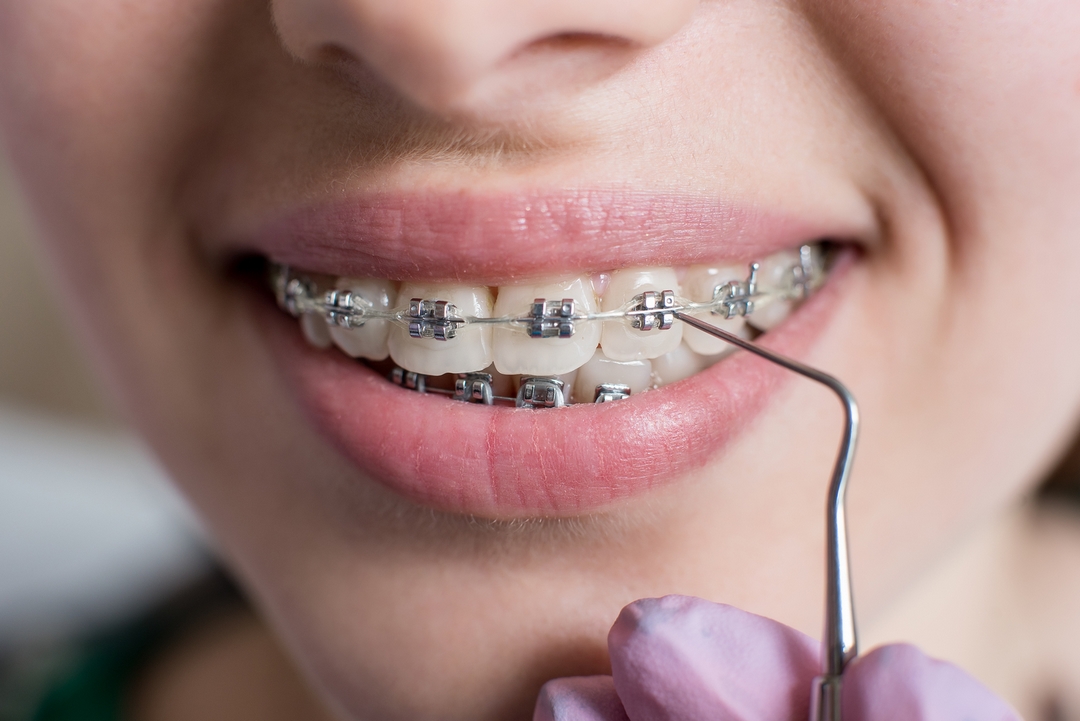
Orthodontia, also known as orthodontics and dentofacial orthopedics, is a specialty field of dentistry. Orthodontists are dental specialists who have taken special training in a dental school or college after they have graduated from the regular dentistry program. This part of dentistry deals with the diagnosis, prevention and correction of malpositioned teeth and the jaws. One of the main ways that orthodontists deal with teeth that are out of position or irregularly shaped is through the option of fixed appliances which are more commonly known as braces.
You have a number of choices when it comes to braces based on your needs and your comfort level and the price you are willing to pay. There are now other types of braces like clear aligners which are worn for most of the day but can be removed if required. Your orthodontist will make a recommendation on the best option of braces to meet your treatment needs.
1. Metal braces

The most popular and inexpensive type of braces are the traditional, stainless steel versions. They are made from high grade stainless steel and they are held in place with a thin wire and rubber bands that puts pressure on the teeth and moves them to the desired place. Metal braces are the most effective orthodontic treatment to realign teeth.
The most familiar are the silver metal type but there are now many more options to consider. They include having braces permanently attached or fixed to the teeth by metal bands or special non-toxic cement. These appliances are not normally removed until the treatment has been completed.
However, they can irritate gums and cheeks and many people don’t like wearing them because of how visible they are. They also make it a little difficult to eat and you have to avoid sticky food like caramel or hard foods that can dislodge the braces. They remain; however, a reliable, effective and economical treatment option and today’s metal braces are smaller and more comfortable to wear than the train tracks of the past.
2. Ceramic braces

This type of braces are more expensive than the cost more than the stainless steel versions. One advantage is that they are not as visible because they are made to blend in with the teeth. There are also choice of clear elastic ties or white metal ties to hold the braces in place. The downside is that the ties can easily becomes discolored if the wearer drinks or eats foods like coffee which will stain them. Ceramic braces are more sensitive and can easily break or chip. This means that they usually need more maintenance and more time to install than the traditional metal braces.
3. Lingual braces

The newest kind of braces are called lingual braces. They use the same components as the metal braces but the brackets that hold them in place are made of a translucent ceramic material. The main advantage to lingual braces is that they are invisible. Lingual braces are customized to bond and hide behind the teeth to remain out of sight. They are much more expensive than either metal or ceramic braces. That is because the installation process is more complicated and not every orthodontist has been trained to do it.
Another problem is that these types of braces tend not to work as well on small teeth and can get in the way of the tongue. This can cause speech problems and injury and require practice you have them on. While lingual braces cost more to buy and install, they do require less maintenance and less frequent visits to the dentist.
